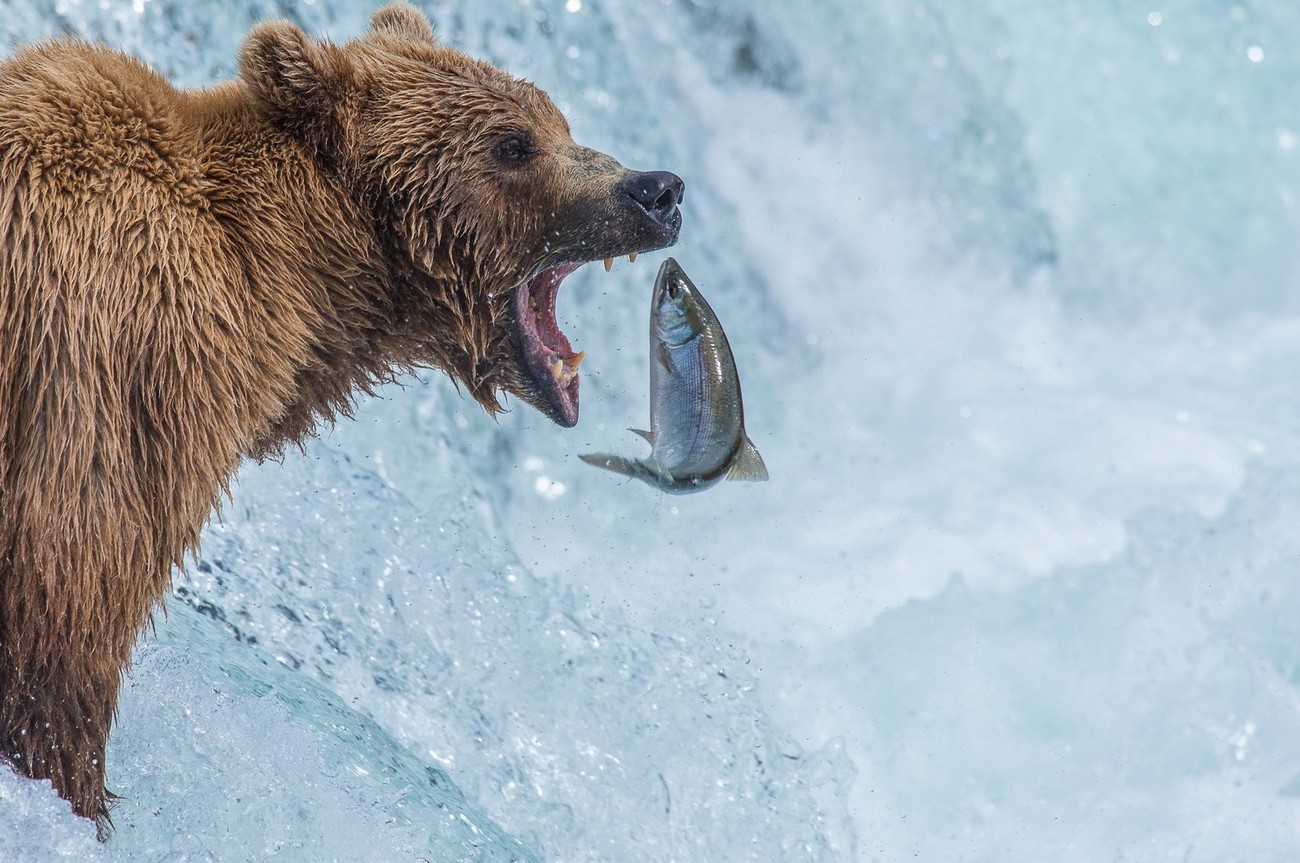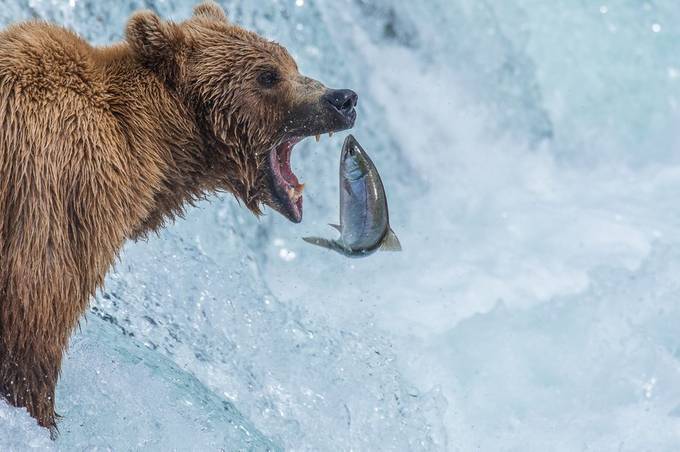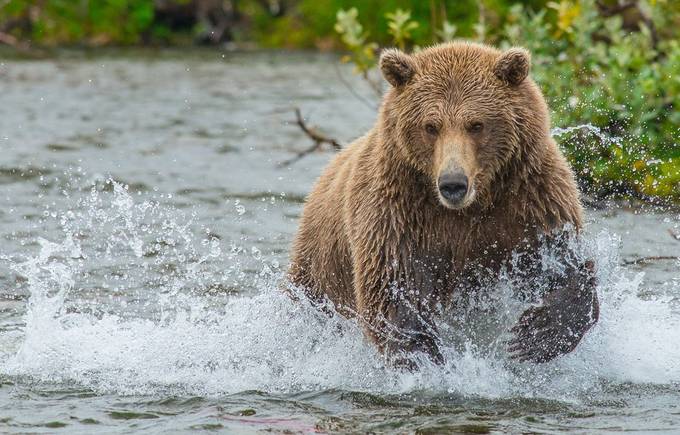ViewBug community member galsworth shares some insights that will help you improve your wildlife photos.
“Not, of course, the first picture of a bear fishing, but the graphic moment is exquisite. Like the hand signs that some cameramen make when they’re framing a shot, the angle of the jaws and the bent body of the fish together make a striking and unexpected shape—not at all what anyone would imagine if asked to describe such a moment.” – Michael Freeman
Can you share 3 tips on how to take fast action wild-animal photography?
1. Educate yourself regarding the subjects and their environment. Understanding the subject's behavior allows you to better prepare for getting the best shots. Having an experienced guide take you into the right locations is a great way to borrow someone else's expertise to help accomplish your goal.
2. Apply your knowledge appropriately to the subjects you will be shooting. Some animals will be comfortable with you being close to them, some will not. Some animals are safe to approach, some are not. By applying your knowledge and using realistic expectations and planning you have a great chance of capturing wildlife behaving naturally.
3. Be realistic in your expectations and plans. Once you understand your subject you need to be prepared with proper gear (lenses, cameras, weather protection, etc).
What are you trying to capture/say?
When framing a wildlife photo I am trying to capture the animal's story in the environment or it's personality. In many cases the background helps to tell this story.
How do you know if the photo it’s visually interesting?
With wildlife I think that a picture that brings you into the story is what makes it visually interesting. In one hand a photo of an animal can be technically perfect, but not interesting, yet a photo that shares the power or action of the animal can be visually captivating even if not taken perfectly.
Are you paying attention on the subject only or also background and why?
I pay attention to both the subject and the background. It very much depends on what the subject is doing and what I am trying to capture. Sometimes it is impossible to tell the story without the background.
Are you thinking about perspective?
Yes, perspective is a major factor in shooting. I want the viewer to feel as if they are there in the animal's level, not merely observing it from a great distance.
Do you use flash when shooting wildlife?
I very seldom use a flash for shooting wildlife because some animals react to the flash. I also try not to carry most of my equipment when I try to go to remote places, it makes it easier to access them.
What time of the day was it shot?
This particular shot was taken mid day. The high light makes the balance of water and fur a little tricky but allowed for a good fast shot, taken at f/9.
Are you looking for a unique subject?
The challenge with wildlife is recognizing the difference between seeing a beautiful animal and capturing the animal in a way that draws you into its story.
How are you choosing to stay close or far from the subject?
I try to stay close enough to get a good shot but far enough to make sure I do not disturb the wildlife and let them act naturally.
Are you thinking of rule of thirds/how?
Yes, I generally think rule of thirds. However, I don't follow this rule precisely with wildlife. I sometimes let the main subject take more of the frame if I feel that the story I am trying to tell will be understood better that way.







